Actually.. byte streams will be significant compared to character streams only in the case of internationalization.
The Java platform stores character values using Unicode conventions. Character stream I/O automatically translates this internal format to and from the local character set. In Western locales, the local character set is usually an 8-bit superset of ASCII.
For most applications, I/O with character streams is no more complicated than I/O with byte streams. Input and output done with stream classes automatically translates to and from the local character set. A program that uses character streams in place of byte streams automatically adapts to the local character set and is ready for internationalization — all without extra effort by the programmer.
If internationalization isn't a priority, you can simply use the character stream classes without paying much attention to character set issues. Later, if internationalization becomes a priority, your program can be adapted without extensive recoding.
Hope this answers your question...
